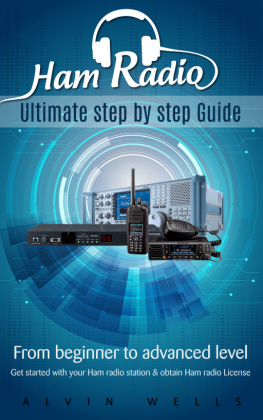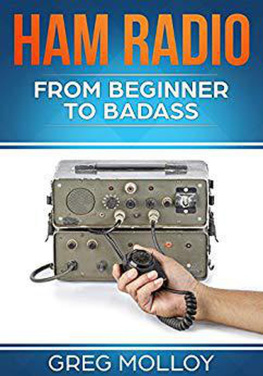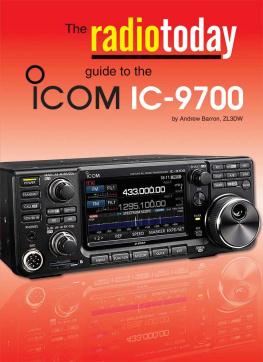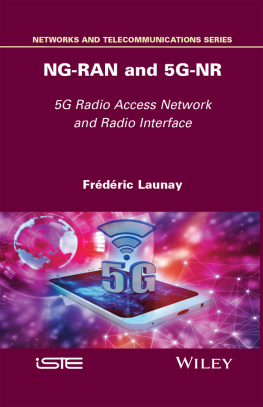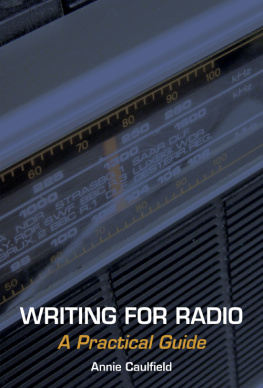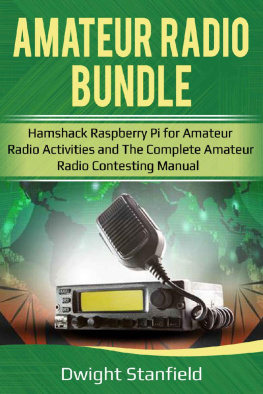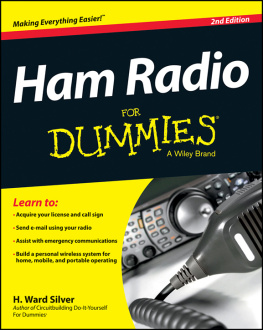Brian Schell - D-Star For Beginners ()
Here you can read online Brian Schell - D-Star For Beginners () full text of the book (entire story) in english for free. Download pdf and epub, get meaning, cover and reviews about this ebook. year: 2015, publisher: BlueHouseBooks.com, genre: Home and family. Description of the work, (preface) as well as reviews are available. Best literature library LitArk.com created for fans of good reading and offers a wide selection of genres:
Romance novel
Science fiction
Adventure
Detective
Science
History
Home and family
Prose
Art
Politics
Computer
Non-fiction
Religion
Business
Children
Humor
Choose a favorite category and find really read worthwhile books. Enjoy immersion in the world of imagination, feel the emotions of the characters or learn something new for yourself, make an fascinating discovery.

- Book:D-Star For Beginners ()
- Author:
- Publisher:BlueHouseBooks.com
- Genre:
- Year:2015
- Rating:5 / 5
- Favourites:Add to favourites
- Your mark:
D-Star For Beginners (): summary, description and annotation
We offer to read an annotation, description, summary or preface (depends on what the author of the book "D-Star For Beginners ()" wrote himself). If you haven't found the necessary information about the book — write in the comments, we will try to find it.
A Practical, What-You-Need-to-Know Guide to Getting on D-Star.
D-Star is a powerful system for linking the worlds of amateur radio and the Internet. You can link your handheld radio to repeaters, individuals, or reflectors located anywhere in the world, quickly and easily. And because its all digital, you get crystal-clear, digital sound. The book covers the setup and use of four different D-Star hardware configurations:
DV-Dongle: A small device that lets you access the entire D-Star network from your computer. No radio is required.
Icom IC-92AD Radio: A small handheld radio that is very common. The setup for most Icom radios is very similar to this, so if you have another Icom, its easy to adapt these instructions.
Icom IC-ID5100A Radio: Icoms newest (as of this writing) Mobile D-Star radio. With touchscreen input, GPS, and a repeater/reflector database, this radio is a completely new way to program your radio.
DVAP: A device that combines all the other methods. Use your handheld radio to transmit to a small device on your computer that encodes your digital radio signal and transmits it through the Internet.
Inside youll find step-by-step tutorials on how use your radio or dongle to:
Use RT Systems programming software to program the IC-92AD radio (CHIRP is similar)
Use the included software and tools to program the ID5100A Radio
Connect with the optional D-RATS software to send files and text messages through a computer interface
Connect to local D-Star Repeaters
Connect to Reflectors
Link to distant repeaters
Link to individuals without knowing their location
Use various online tools to find frequencies, command strings, Nets, and more!
New in this Second Edition, Updated for 2015, youll find: A chapter for Icoms new IC-ID5100A radio, which touch-screen programming and an internal repeater database. D-Star has never been easier! All the other chapters have been revised and expanded upon. Also new is an updated list of current reflectors, modules, and their uses.
This short book gives you a simple step-by-step walkthrough of all the options to set up your D-Star station using dozens of screenshots and examples. The whole process is detailed, from registering your call sign with the D-Star network to installing the DVAP or DV-Dongle software on your PC or Mac and making your first calls to individuals, ham repeaters, or reflectors.
Brian Schell: author's other books
Who wrote D-Star For Beginners ()? Find out the surname, the name of the author of the book and a list of all author's works by series.

